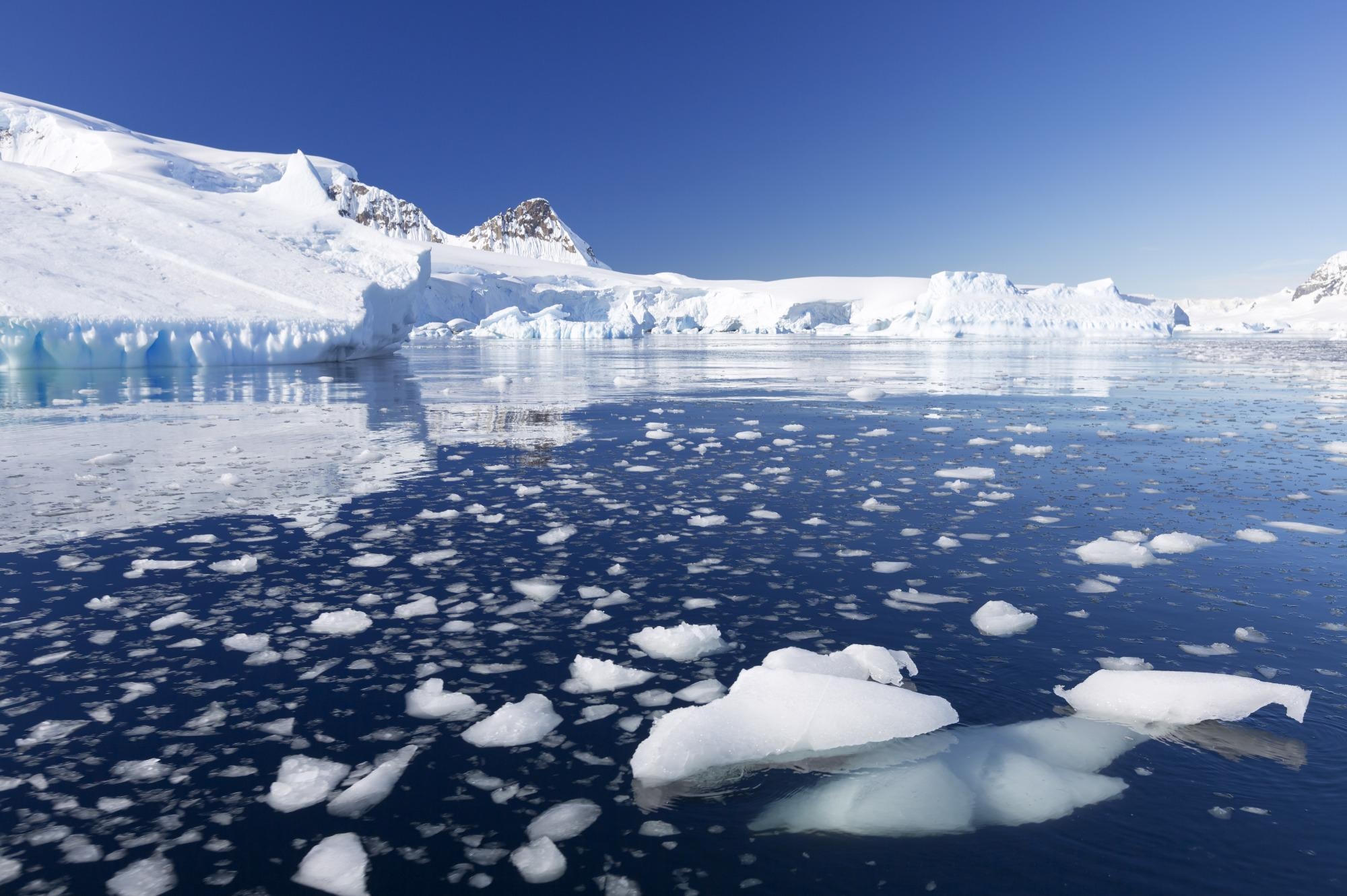Feb 3 2021
A new study has discovered that over the last ice age period, widespread sea ice covered the oceans of the world, which blocked the penetration of oxygen into the deep ocean waters, thereby making the relationship between carbon and oxygen complex.

Image credit: Denis Burdin/shutterstock.com
The sea ice is effectively like a closed window for the ocean. The closed window keeps fresh air out; the sea ice acted as a barrier to keep oxygen from entering the ocean, like stale air in a room full of people. If you open the window, oxygen from outside can come in and the air is not as stale.
Andreas Schmittner, Study Co-Author and Climate Scientist, Oregon State University
The study results were published recently in the Nature Geoscience journal, and it challenges earlier assumptions regarding the relationship between carbon dioxide and oxygen in deep ocean waters.
According to Schmittner, who is a professor in the College of Earth, Ocean, and Atmospheric Sciences from Oregon State University, gaining better insights into this relationship provides scientists with the essential understanding of how the world’s oceans may react to climate change.
The ocean plays a crucial role in the carbon cycle; carbon dioxide from the air dissolves in surface waters, wherein algae convert the carbon into organic matter. Through the respiration of that organic matter, oxygen is removed when carbon sinks into the deep ocean. The process of carbon transfer from the surface of the ocean to the deep is called the biological pump.
At present, the ocean is losing oxygen, and it is expected that this trend will continue since the solubility of oxygen declines with warming temperatures.
With this, the researchers can estimate higher oxygen concentrations at the time of the last ice age, when oceans were colder, explained Schmittner. However, sediments that accumulated earlier from beneath the seafloor exhibits lower oxygen levels in the deep ocean during that period.
Earlier, scientists proposed that the biological pump was powerful during the last ice age, elevating carbon respiration. However, that denotes that surface ocean oxygen is equilibrated with the air, stated Schmittner.
As part of the new study, Schmittner and his collaborators, Ellen Cliff and Samar Khatiwala from the University of Oxford, opted to use modeling to examine the lower oxygen levels in the deep ocean.
They discovered that disequilibrium played a vital role in the carbon cycle. Deep ocean oxygen concentrations decreased since surface waters were less equilibrated with the air.
The disequilibrium was caused by the enormous sea ice primarily over the Southern Ocean, as well as huge iron fertilization from the ice age atmosphere, which was dustier, added Schmittner.
This implies the deep ocean oxygen levels are governed not only by the biological pump process but also by the sea ice, or absence of, just as a room’s air quality might vary by the opening or closing of a window, Schmittner noted.
The team’s technique to gain insights into the role of sea ice and other processes in the ocean carbon and oxygen cycles could apply even to future climate modeling, continued Schmittner.
Current models cannot separate effects from the biological pump on ocean oxygen from sea ice or other influences. This changes our understanding of the process and the reasons for those changes.
Andreas Schmittner, Study Co-Author and Climate Scientist, Oregon State University
Journal Reference:
Cliff, E., et al. (2021) Glacial deep ocean deoxygenation driven by biologically mediated air-sea disequilibrium. Nature Geoscience. doi.org/10.1038/s41561-020-00667-z.